The Nikkor 70-200 AF-S VR f2.8 (MkI)
“VR or not VR” – the AF-S G VR Nikkor 70-200 mm f2.8 lens
(MkI) –
Review Versioning:
2021: This review is old and outdated! This lens doesnt work well anymore with highres FX DSLRs – read my more recent notes about the new Mk3 70-200 AFS VR FL.
- 28.4.2005: Initial upload
- 31.5.2005: Added example images
- 28.3.2008: Engl. translation & rewrite
- 8.4.2008: ISO chart added
- 24.4.2008: Usage with FM3A
- 16.2.2010: LensAlign Pro Link added
Intro:
The Nikkor AF-S G VR 70-200 f2.8 is the latest (2005) version of the professional mid-range zoom in the bread & butter focal length area of 80-200 mm. Its
the successor of the 80-200 AFS lens. The AFD version of this lens is still in production as of march 2008 (but production probably will be stopped soon). The 70-200 comes with all modern features of a tele lens: VR (vibration reduction), AFS (silent wave AF), ED chroma correction and as a G-type design it is lacking the aperture ring. The lens is not fully compatible with older FM series Nikon cameras or mechanical Nikon cameras. The 70-200 can be mounted on an FM Nikon but it is closed down to the smallest aperture opening automatically than. In theory its possible to use the lens wide open on an FM2, but one would have to stop the aperture from closing down somehow (mechanically) – not very much suggested (see picture at the end of this article).

Build/Handling:
The weight of the lens is comparable with the AFS 80-200 f2.8. Focusing and zooming the lens leaves an impression of unbelievable quality.
Tolerances are very small and this adds to the quality feeling but the zoom ring feels a bit too stiff. The lens has build in sealings at
all places and makes a very robust impression. For water- and outdoor sports this is a plus. The zoom ring could have been larger but manual
focusing feels very well dampened (in fact is very close to the best AIS focus feeling) and is very controllable as the focus ring is split into
two different diameters. The three focus lock buttons are easily reachable and fall automatically under your fingertips. Build quality is
on the highest level of Nikon lens design and the lens is definitely a pure joy to use.
The tripod foot is well designed and can be removed from the lens and is build very sturdy. This is very handy for hand held shooting where the
tripod foots are always poking in your hand. The overall design of the tripod collar is much better than that of the Nikkor 300 mm f4 AFS lens.
As for the Nikkor 300 f4 AFS there exists replacement collars from Kirk or RRS but I believe the 70-200 doesn’t really need a replacement. Here Nikon did it right. There remains the question why Nikon did it wrong with
some other lenses in the past. With the AFS 300 f4 the situation is different. The tripod collar of the 300f4 is definitely the weak point
of the lens. Björn Rörslett wrote a nice article a while ago about this topic here.
The lens hood was completely redesigned and is now locked and comes in a tulip shaped form and extends the length of the lens by 10
cm. Unfortunately there are occasions were the hood dismounts automatically. It must be related to the position of the hood lock
mechanism, but if you are shooting under rough conditions using a tape is a simple solution here.
Performance:
The AFS system on this lens is definitely state of the art, I had no problems with seagulls and running kids. This is definitely an improvement compared to the AFD two-ring design version. Even very close range moving objects are tracked in a continuous fashion that is exciting. You can easily hear how the AFS system with a high frequency updates focus with a very silent rattling sound. That works especially well when a linear movement is tracked. All these bells come at a price. This lens needs power and using an older DSLR you’ll very quickly run out of juice with this lens.
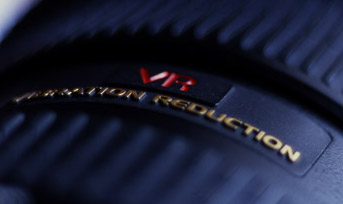
The differences to the AFS version (AFS 80-200 f2.8) is said to be minimal, but I do not have any experiences here. Vibration Reduction (VR) works excellent on this lens, sharp shots are even possible with 1/8 of a second but more than one try is needed to be on the save side. The technique to hand hold the lens is very important with VR and low shutter speeds. The stabilisation is very visible when looking through the viewfinder, the image seems to freeze sometimes, when VR has really locked the scenery. However there seems to be a “warmup” that is needed for VR to really lock onto movements of the lens. If VR is active a clicking sound followed by a sliding sound can be heard. VR has an additional “active” mode that is useful for shooting from a boat or very erratic moving platforms. Due to VR it is much easier to use the lens at its sharpest aperture around f5.6. At f2.8 and 180 mm the lens is not as sharp as the 180 AIS ED f2.8 lens but the 180 mm f2.8 AIS is also one of Nikons ultra sharp fixed focal length lenses but the 70-200 is much better corrected for chromatic aberrations than the AIS 180 f2.8 ED lens. You will hardly find any colour fringing in the images. Unsharp areas are rendered with creamy softness and without harsh edges. The bokeh of the lens is just wonderful especially at 200 mm and I would only compare it to the Nikkor AF 85 f1.4D.
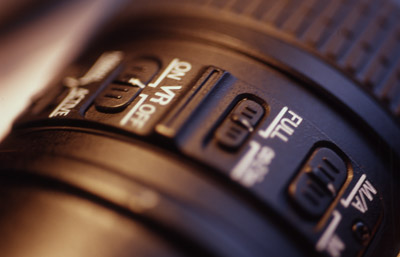
With TC14E II or TC17E II the lens can be used as an AFS 300 f4 lens somehow. Although you loose a bit on image quality the results could be acceptable if weight is an issue. As the AFS 300 f4 IF ED is unbelievable sharp wide open its hard to beat that lens with a TC combo. It should be mentioned that the 200 mm position of the 70-200 lens (used wide open) is not the sharpest focal length of this lens. So adding a TC is not going to make sharpness freaks happy (see next paragraph).
The resolution of the lens at f2.8 and zoomed to 200 mm has been discussed in various online forums to death. It seems as if most people find the lens wide open at 200 mm a tad to soft. I am very happy with the centre resolution at 200 mm but for resolution critical applications I usually go to f4. The details of subjects is there but the pixel-level sharpness could be better. Compared with the Nikkor 180 mm 2.8 AIS the 70-200 is tad softer. Judging the performance wide open is often very subjective and MTF charts dont help much because sample variation stirs up all these online discussions a lot. Here are some ISO12233 charts shot at f2.8, f5.6 and at f8 with my lens from a D1x 10 MP Raw file processed on Adobe LR. Resolution obviously increases until f5.6 or f8 is reached. The lens is however extremely well corrected for chromatic aberrations and that makes up some slight soft veil that can be seen at f2.8.
(The full res chart here was removed due to bandwidth problems with this website account.) Focus problems with
this lens adds imo. to the net discussions. Its easy to get focus wrong with this lens at f2.8 and those cameras that have slightly mis-calibrated AF sensors will not show what the lens can deliver (Back-/front-focusing). The focus chart from
Jeffrey Friedl s of great help if you want to be on the save side (if you have focus issues only with one specific lens: than its usually the lens that needs calibration and not the camera :)). Make sure to check if the lens itself is not front/back focusing. Better than the focus chart is the LensAlign Pro package that comes with a large focus target and a focus ruler that directly indicates if focus is wrong or correct.
On a 35 mm /film camera body something comes back that has been nearly forgotten with APS DSLRs from Nikon: light falloff! At the wide open aperture setting with the F5 the lens shows pronounced light fall off. Its nearly gone by f5.6 but especially at dawn and when shooting birds light fall off wide open can be problematic. Post processing can help here and most raw converters can also handle jpegs or tiffs so correcting scanned slides isn’t a
problem. Using the new DSLR generation the situation could be very different. With the internal image processing of the D3 f.e. some of the lens problems are taken care of internally by the EXPEED image processing engine. I haven’t seen examples here and I do not have any experience on a D3 but I guess that light fall-off is less an issue with the D3.
UPDATE I(20.4.2008): light fall-of on full frame cameras is easily corrected with RAW processor software or firmware updates but just to give the full picture here: there seems to be a corner sharpness problem with the 70-200 on the D3 as some reliable sources reported in April 2008. Update II (20.4.2018): the lens totally looses resolution in the corners on D800 and D850 files – its ok on DX subsets but fails to create sharp corners – I usually go to at least f8 with this lens on the D8XX bodies

The light fall-off topic is an issue with the AFS VR 70-200 f2.8 IF ED wide open on 35 mm (here a scanned slide from a NikonF5).
Bokeh:
This lens shows wonderful unsharp and creamy backgrounds but the OOF circles of confusion are not as nicely rendered as with the Nikkor AFD 85 f1.4. Although this is a close race here. Even slightly stopped down the lens shows nearly perfect round OOF confusion circles. There is however a slight ring type of edge effect when the lens is stopped down (not visible wide open). You wont see this kind of edge effect with the 85 mm Nikkor. You rarely will see the difference in practical shooting
situations but if the OOF circles are part of your creative concept than this might be an issue. I did some shots to find out how the circles change (RAW processing with Adobe Lightroom). The reflections in the following pictures are from a water surface with sun reflections. OOF circles also very much depend on the type of light point source you are using. There is a minimal feeling of polygon shape at some of the circles:

Nikkor AFS VR 70-200 @f13

Nikkor AFS VR 70-200 @f8

Nikkor AFS VR 70-200 @f5.6

Nikkor AFS VR 70-200 @f2.8

Nikkor AFS VR 70-200 @f4 focused to the
foreground

Nikkor AFS VR 70-200 @f4 subset from the
picture above showing a weak border effect at the circles of confusion
(@f4).
As I mentioned at the beginning of this article its possible to use the lens with an FM3A if the aperture mechanism is stopped from closing down automatically when shooting with a FM series camera. The lens can only be used wide open or in one fixed position but at least you could use the lens with the FM3A that way. It usually works well but you need to have some tape available that can be removed without leaving marks (see picture below).
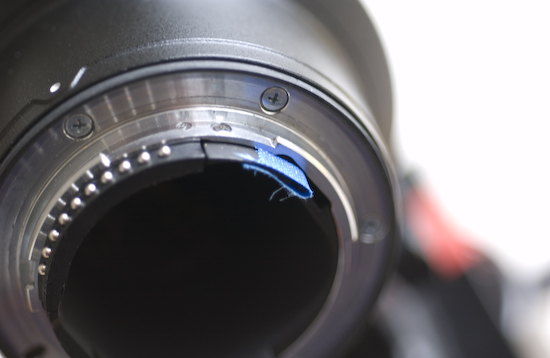
Nikon AFS VR 70-200
f2.8 with fixed aperture using a little piece of tape. Prepared this way
the lens can be used with a FM3A.
Summary:
Pros:
-
perfect build quality and finish,
-
outstanding optical quality and chromatic aberration correction on DX – not sufficient on FX!
-
very soft and creamy unsharp rendering for such an complex zoom (bokeh)
-
fast and reliable autofocus
-
VR works perfect with this lens and indeed extends its
applicability.
Cons:
-
not much to moan about, but to be nit-picking: maybe light fall-off on 35 mm format cameras at f2.8 could be improve – THIS is not an FX lens for today 2018 standards!
-
corner sharpness problems with this lens on the FX sensor (even stopped down)
Sample Images:

Background blur is
perfect at 200 mm even at f4

Nikkor AFS VR 70-200 G IF ED @f4 (D1x)

Nikkor AFS VR 70-200 G IF ED f2.8
@f5.6 1/640s ISO125
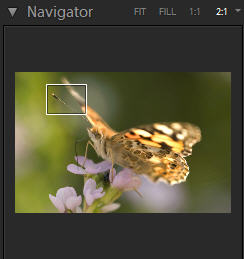
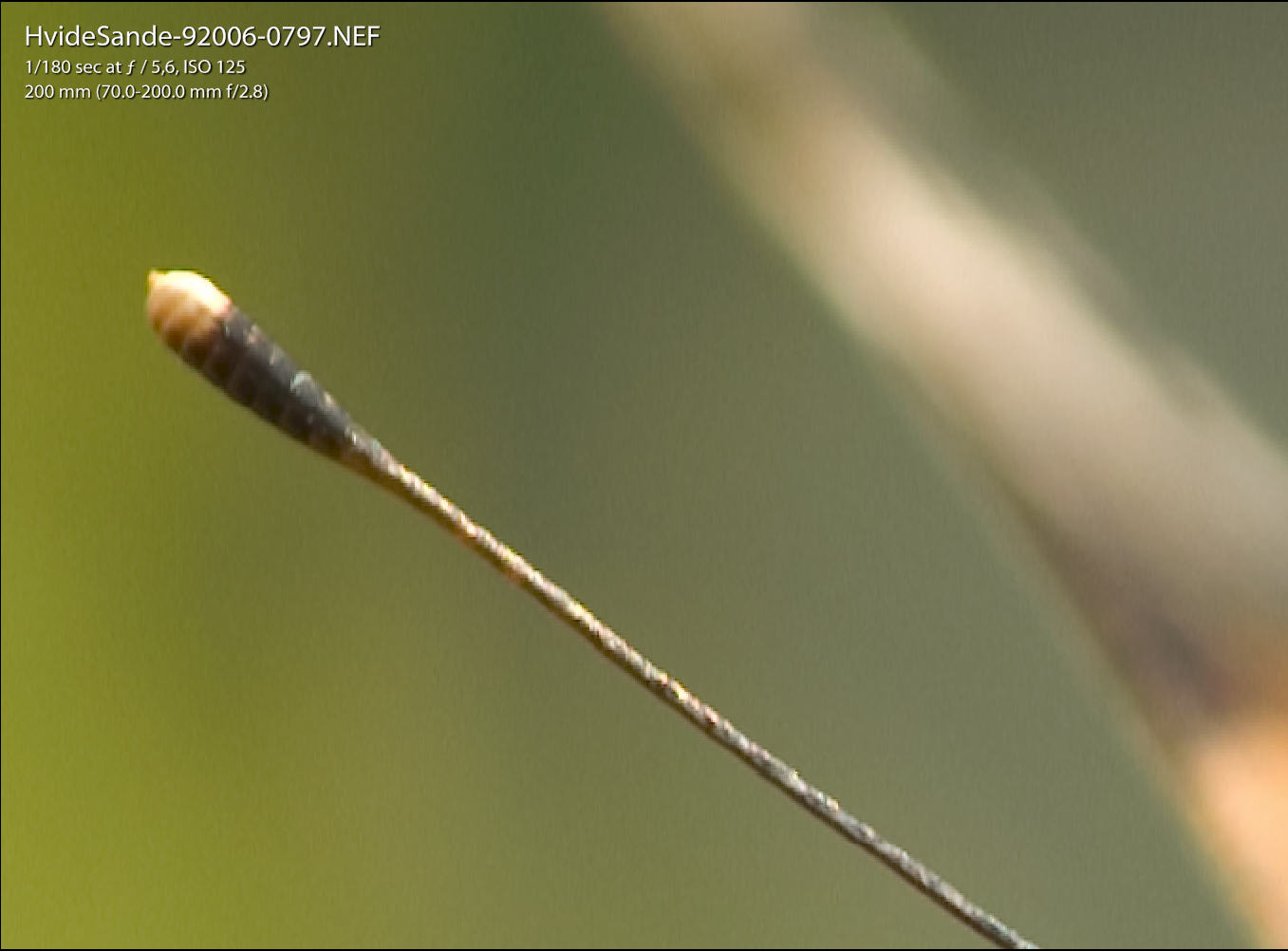
Nikkor AFS VR 70-200 G IF ED f2.8 // CANON
500D @f5.6 1/180s ISO125, subset.

Nikkor AFS VR 70-200 G IF ED f2.8 @f2.8
ISO200, Müritz national parc, Germany (panorama mosaic).

Nikkor AFS VR 70-200 G IF ED f2.8 @f10 8s
Iso400, Nr. Lyngvik Light Tower DK

Nikkor AFS VR 70-200 G IF ED f2.8 @f4
1/13s Iso200, Panorama mosaic, Nr. Lyngvik Light Tower DK

Nikkor AFS VR 70-200 G IF ED f2.8 @f2.8
Iso125.

Nikkor AFS VR 70-200 G IF ED f2.8 @f10
1/250s ISO250, semi transparent multi layer composition

Nikkor AFS VR 70-200 G IF ED f2.8 @f5
1/250s ISO200
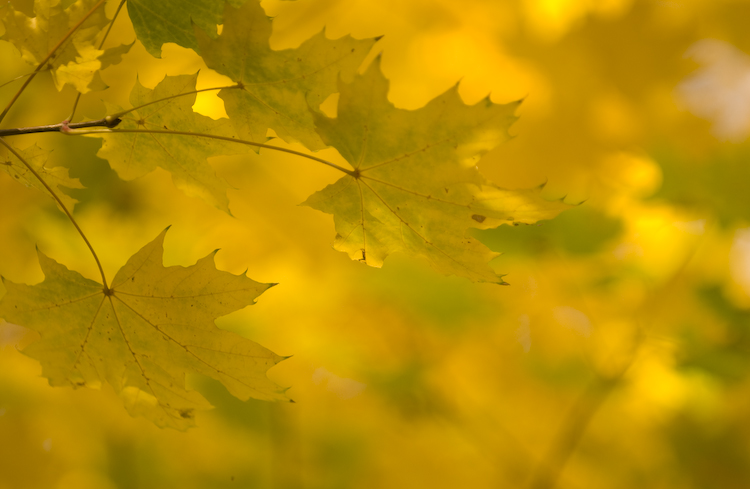
Nikkor AFS VR 70-200 G IF ED f2.8 @f2.8
Iso125

Nikkor AFS VR 70-200 G IF ED f2.8 @f2.8
1/15s, @200 mm ISO250
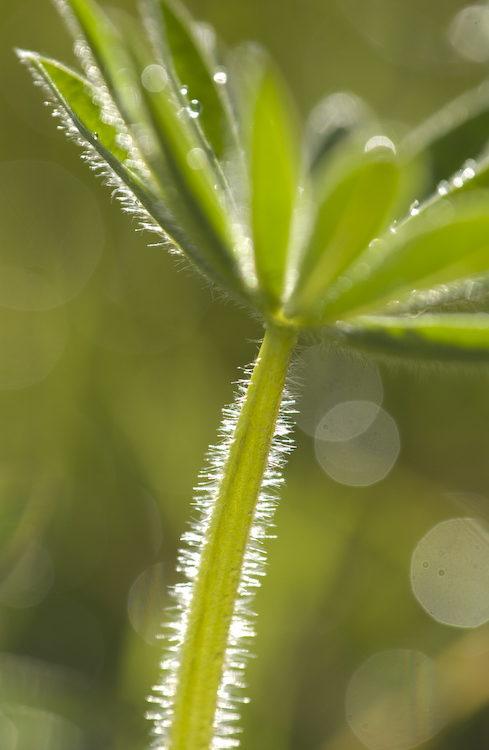
Nikkor AFS VR 70-200 G IF ED f2.8 @f5
Canon 500D

Nikkor AFS VR 70-200 G IF ED f2.8 @f5.6
ISO125

Nikkor AFS VR 70-200 G IF ED f2.8 @f2.8
ISO125

Nikkor AFS VR 70-200 G IF ED f2.8 @f2.8
ISO125 Canon 500D

Nikkor AFS VR 70-200 G IF ED f2.8 @f5.6
ISO125 Canon 500D

Nikkor AFS VR 70-200 G IF ED f2.8 @f5.6
ISO125 Canon 500D

Nikkor AFS VR 70-200 G IF ED f2.8 @f4
ISO100

Nikkor AFS VR 70-200 G IF ED f2.8 @f2.8
ISO50

Nikkor AFS VR 70-200 G IF ED f2.8 @f2.8
ISO200